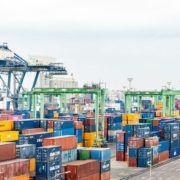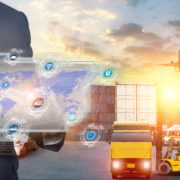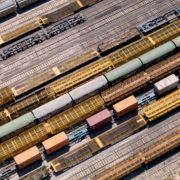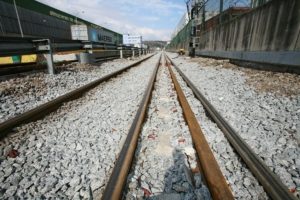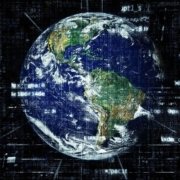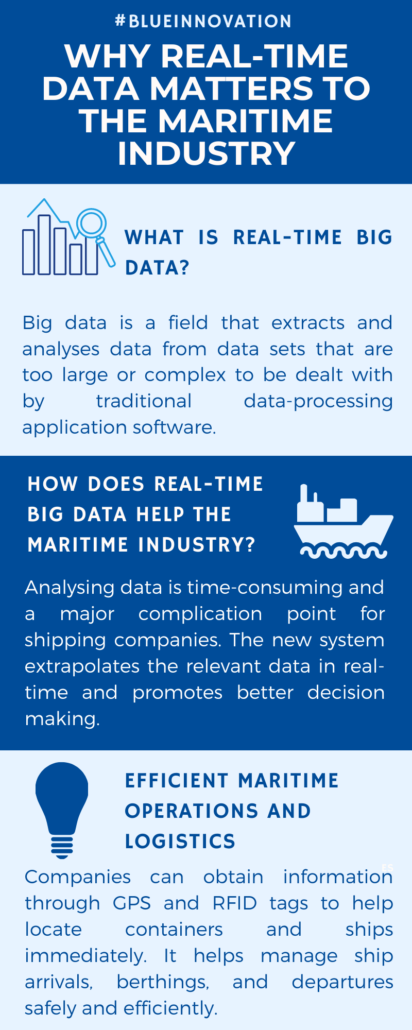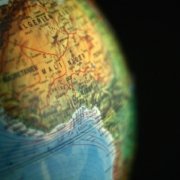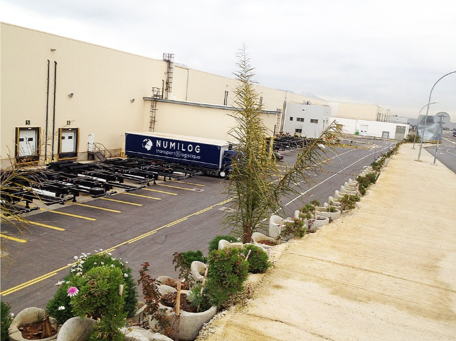Navigating the Currents of Change: Insights from the Helm of P&O Ferrymasters


Oscar Rodenas, General Manager for Spain – P&O Ferrymasters
This month we are launching our “Journeys in Learning” series, during which we will be interviewing key members of our community on topics that are near and dear to us. For this first issue, we have interviewed Mr. Oscar Ródenas Ujaque, the General Manager for Spain of P&O Ferrymasters.
Combining Teaching and Professional Practice
Q1: Reflecting on your extensive experience in the logistics sector, how does this enrich your role as a teacher at TecnoCampus, and conversely, how does teaching inform your professional practice as a logistics manager at P&O Ferrymasters?
The integration of theoretical knowledge with practical application benefits both students and educators. Students gain foresight into their career goals, and educators solidify and expand upon these aspects, infusing their teaching with insights drawn from actual industry experience. This dual approach, particularly for those of us with substantial sector experience, allows us to share real-world scenarios in the classroom, bridging gaps that traditional academic teaching might leave.
The Role of English in Logistics
Q2: With the introduction of teaching Warehouse Management in English, can you discuss the importance of English proficiency for logistics and transportation professionals, especially in your role with the European Management Team at DP World?
Mastery of English is indeed vital, given that it is the lingua franca of business. Ensuring fluency in English is crucial if one aspires to work internationally or maintain cross-border professional relationships. For me, teaching in English is a step towards normalizing its use as a primary means of communication that must be navigated with ease and precision. Professionally, staying current with the logistics market and educational offerings, like the European School’s innovative programs on sustainable transportation, is imperative. Initiatives like the ‘Motorways of the Sea’ demonstrate logistics’ potential to be eco-friendly and innovative, pushing the industry forward alongside societal advancements in digitalization and sustainability.
Hiring for the Logistics Sector
Q3: In your capacity as a hiring manager at a company renowned for its fast-paced logistics operations, what key competencies do you seek in candidates, and do you find that today’s young applicants meet these criteria?
The hiring landscape has indeed shifted; we look beyond impressive resumes and training, which we now consider a given. Instead, we seek individuals who bring unique talents, can relate well to others, and enhance their work environment. We expect newcomers to challenge the status quo with innovative, efficient, and sustainable logistics solutions.
The Attraction and Challenges of the Logistics Sector
Q4: How would you portray the dual nature of the logistics sector, with its exhilarating pace yet demanding environment, to the younger generation?
The logistics sector is challenging and unyielding, requiring professionals to be agile and perpetually learning. It pushes individuals out of their comfort zones and demands their utmost dedication. Simultaneously, it offers an invigorating career—never dull, always rewarding—making it compelling despite its demands. As they say in logistics, once you’re in, you’re hooked, due to its captivating nature. One must be ready to navigate its intensity.
Impact of E-commerce on the Logistics Sector
Q5: Considering the transformation brought by e-commerce to logistics, how do you envision its future development, and what advice would you offer aspiring professionals?
E-commerce, having surged during the pandemic, has since stabilized to a steady growth trajectory. It remains a pivotal force driving logistics innovation, increasingly intertwined with digital technologies and AI. Looking forward, students should remain abreast of industry trends and developments, perhaps through reputable logistics publications.
Experience as Accompanying Professor in the Escola’s MOST Course
Q6: Having served as an accompanying professor on the MOST course by Escola Europea, could you share your experience and the main insights you’ve gained? Would you endorse this experience for your peers?
Concluding with my utmost endorsement, the course was exceptional in every facet. From a professional standpoint, the high-caliber presentations and up-to-date content were impressive. The practical exercises and case study methodology brought a high level of engagement and inspiration for all participants. Witnessing the dedication of students working into the night on case solutions reaffirmed my confidence in the capabilities of the upcoming generations. Beyond the professional realm, the human connections forged during this course were invaluable and deeply enriching.






